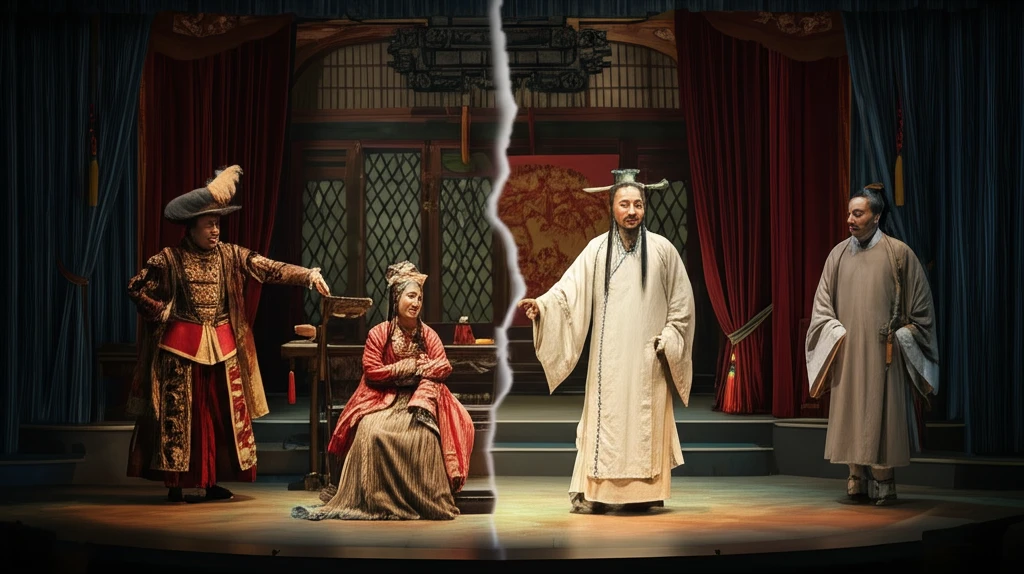
Worlds Collide on Stage: Unearthing the Echoes Between Shakespeare and Tang Xianzu
"Explore the surprising parallels and fascinating differences between the dramatic landscapes of Elizabethan England and Ming Dynasty China in 1616."
The year 1616 marks a pivotal moment in literary history: the year both William Shakespeare and Tang Xianzu, two towering figures of English and Chinese drama, passed away. Though separated by vast geographical and cultural distances, these playwrights crafted works that continue to resonate with audiences worldwide. The recent surge of publications commemorating the 400th anniversary of Shakespeare's death highlights the enduring fascination with his legacy. However, amidst this celebration, it's crucial to consider the simultaneous existence and comparable impact of Tang Xianzu, a playwright who similarly captured the essence of his era.
A new collection of essays, "1616: Shakespeare and Tang Xianzu's China," edited by Tian Yuan Tan, Paul Edmondson, and Shih-Pe Wang, embarks on a fascinating comparative journey. Rather than forcing simplistic parallels, the editors propose using Shakespeare and Tang Xianzu as "visible markers" to illuminate the distinct yet interconnected theatrical worlds of China and England around 1616. This approach seeks to move beyond a homogeneous view of globalization, emphasizing the unique particularities and differences that ultimately reveal complementary and overlapping synergies.
This exploration is particularly vital given the historical imbalance in Western awareness of Tang Xianzu's significance. As Wilt Idema points out in his foreword, translations of Chinese plays into Western languages were significantly delayed. This collection, stemming from a collaborative conference format, pairs scholars from both traditions to examine various facets of their work, offering a rich background for students and researchers alike to explore contextual resonances and dissonances.
A Tale of Two Theatres: Unveiling the Shared and Divergent Worlds of Shakespeare and Tang Xianzu

The essays in "1616: Shakespeare and Tang Xianzu's China" explore a wide array of themes, providing invaluable context for understanding both playwrights. The collection deliberately avoids forcing direct comparisons, instead focusing on illuminating the unique social, political, and cultural landscapes that shaped their dramatic creations. This approach allows for a more nuanced understanding of each playwright's individual genius and the distinct theatrical traditions they represent.
- Geographies of Influence: Essays delve into the playwrights' relationship with specific locales, examining how their environments shaped their work and the themes they explored.
- The State and the Theatre: This pairing examines the role of government and censorship in shaping the creative process, revealing the constraints and opportunities faced by playwrights in both England and China.
- Circulation of Dramatic Texts: This explores the material culture of published play texts, shedding light on the impact of business decisions and printing practices on the dissemination and reception of plays.
A Lasting Legacy: Why Exploring Shakespeare and Tang Xianzu Matters Today
"1616: Shakespeare and Tang Xianzu's China" offers a valuable resource for anyone interested in exploring the rich tapestry of dramatic history. By juxtaposing these two theatrical giants, the collection encourages a more nuanced understanding of cultural exchange and the enduring power of storytelling. Ultimately, the book invites us to move beyond traditional Western-centric perspectives and embrace a global view of literary and theatrical achievement. It serves as both a foundational text and a springboard for future investigations, promising to inspire new avenues of inquiry and appreciation for these two remarkable playwrights.
